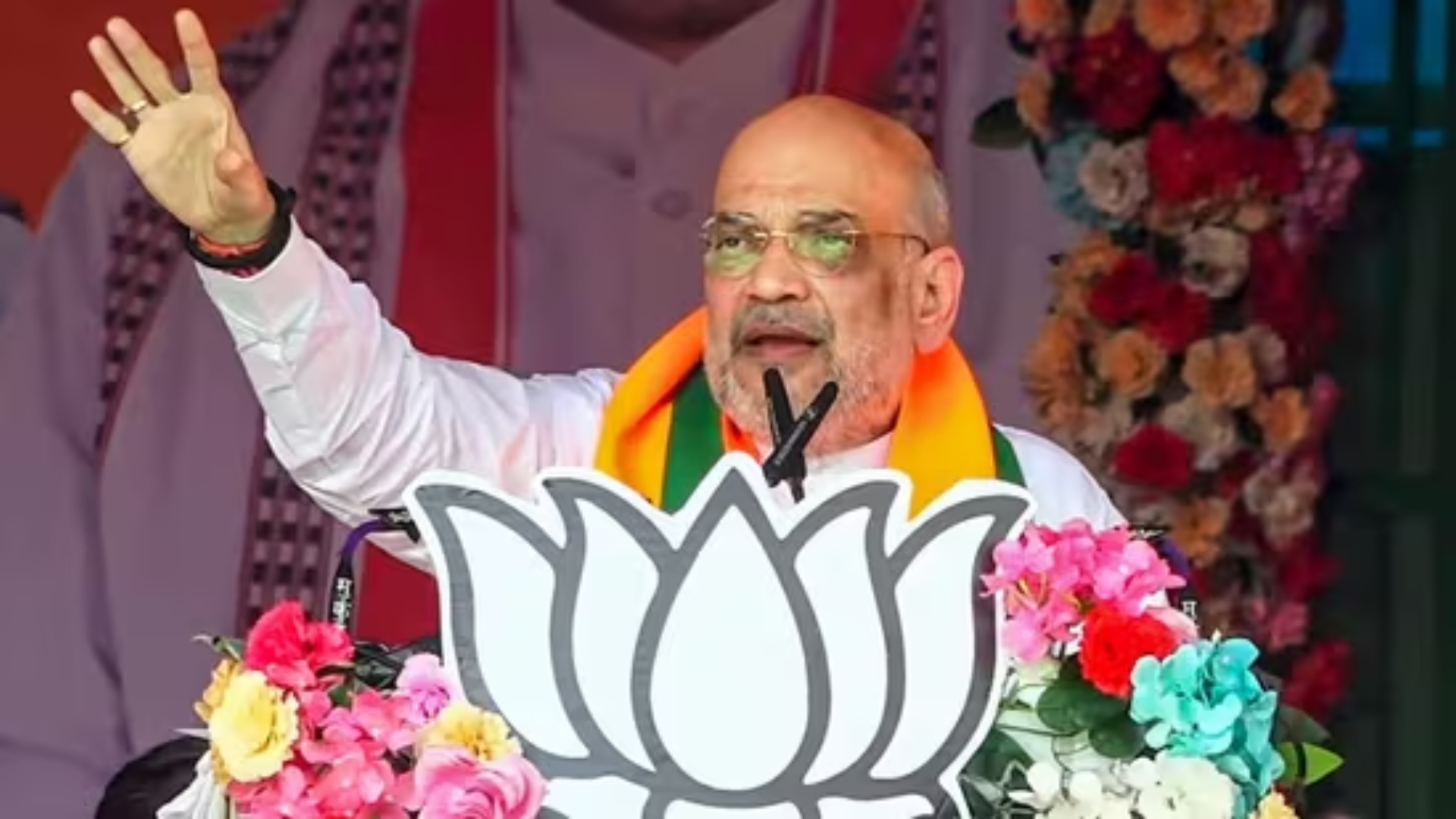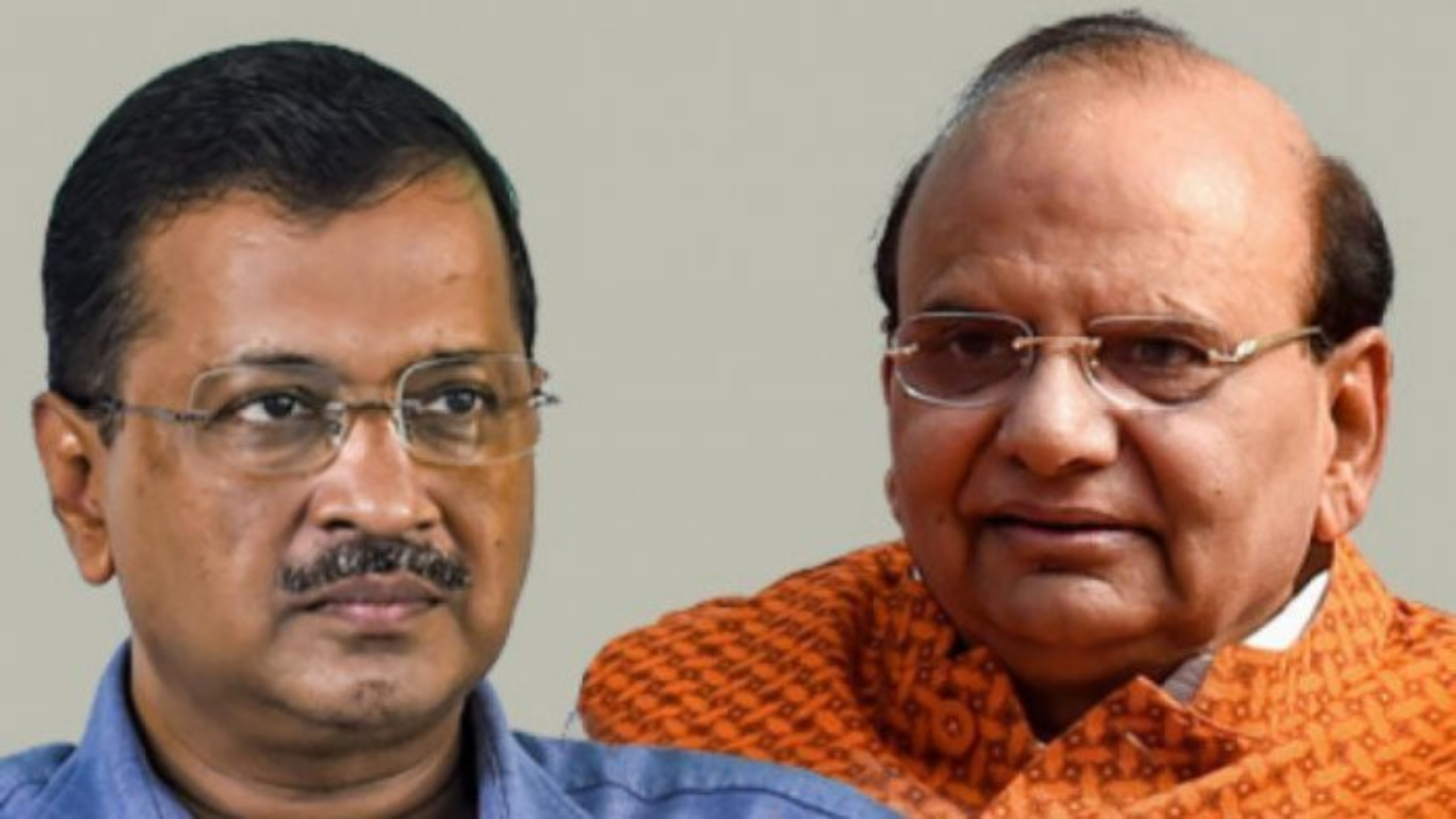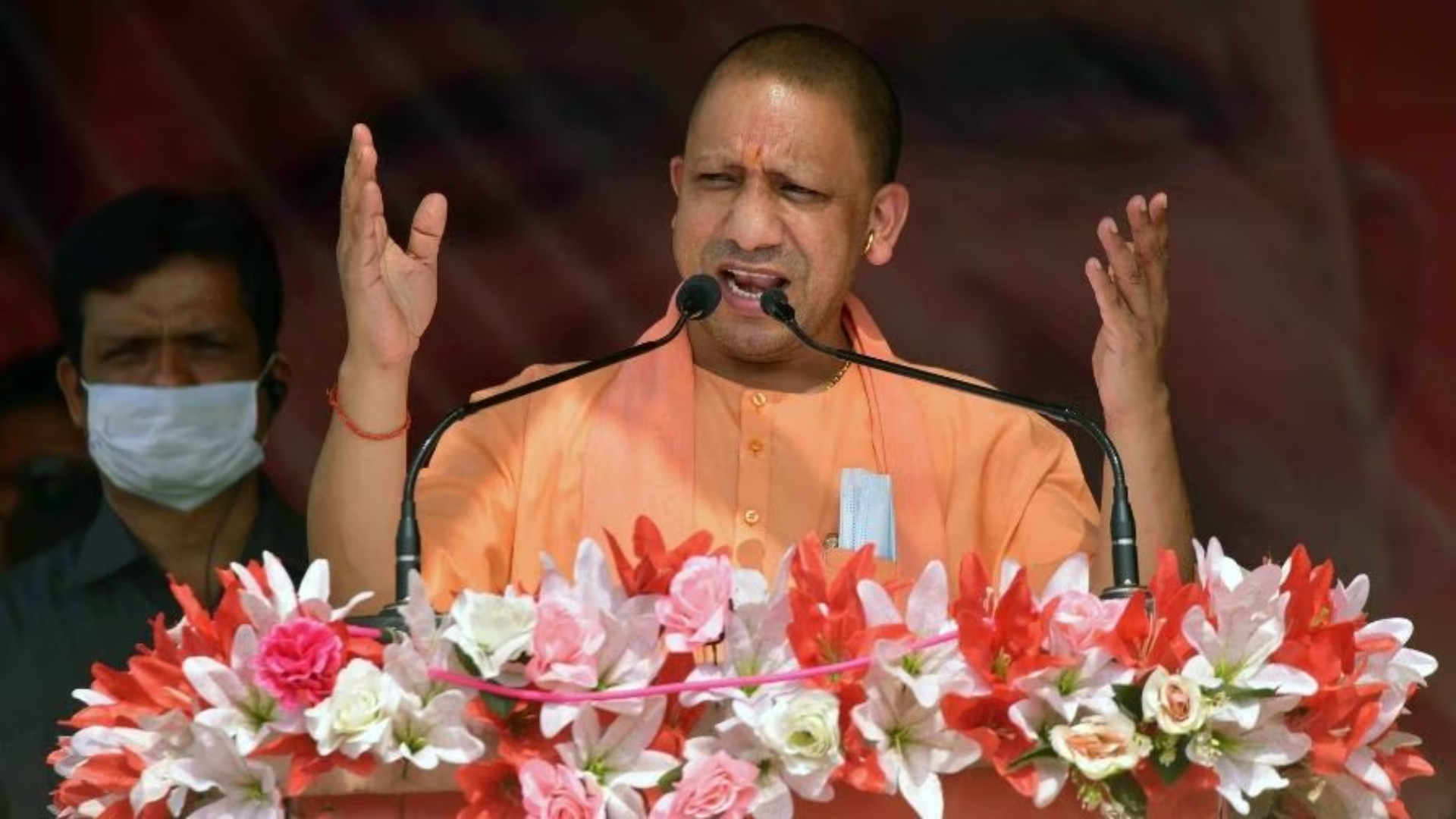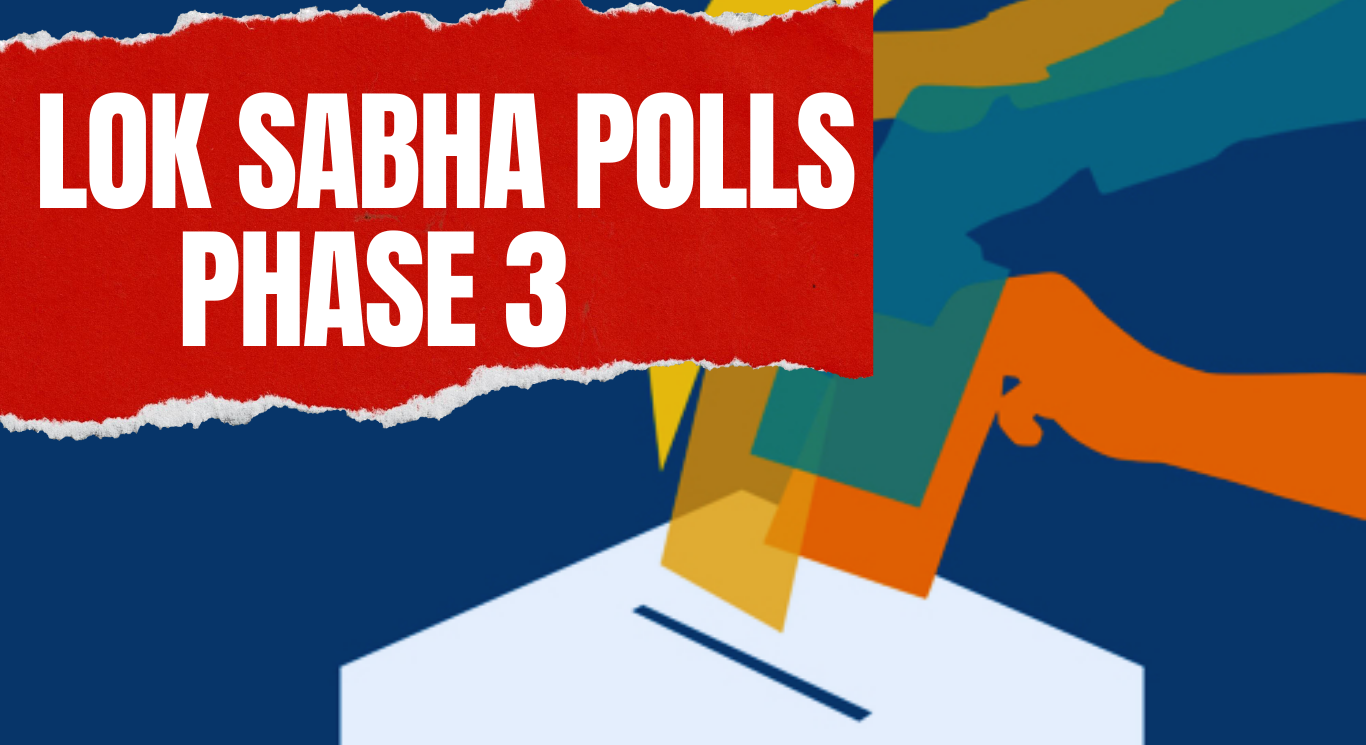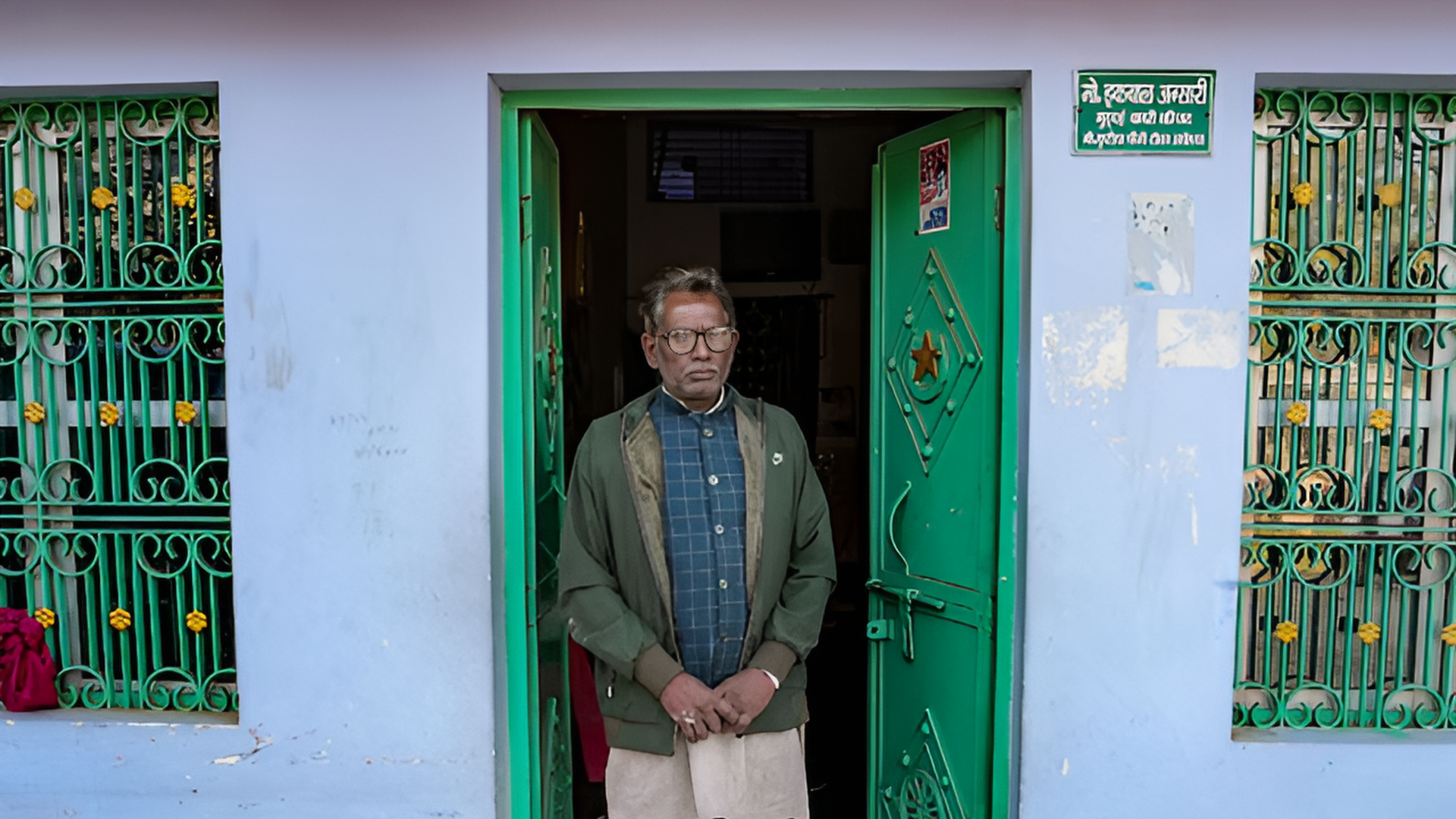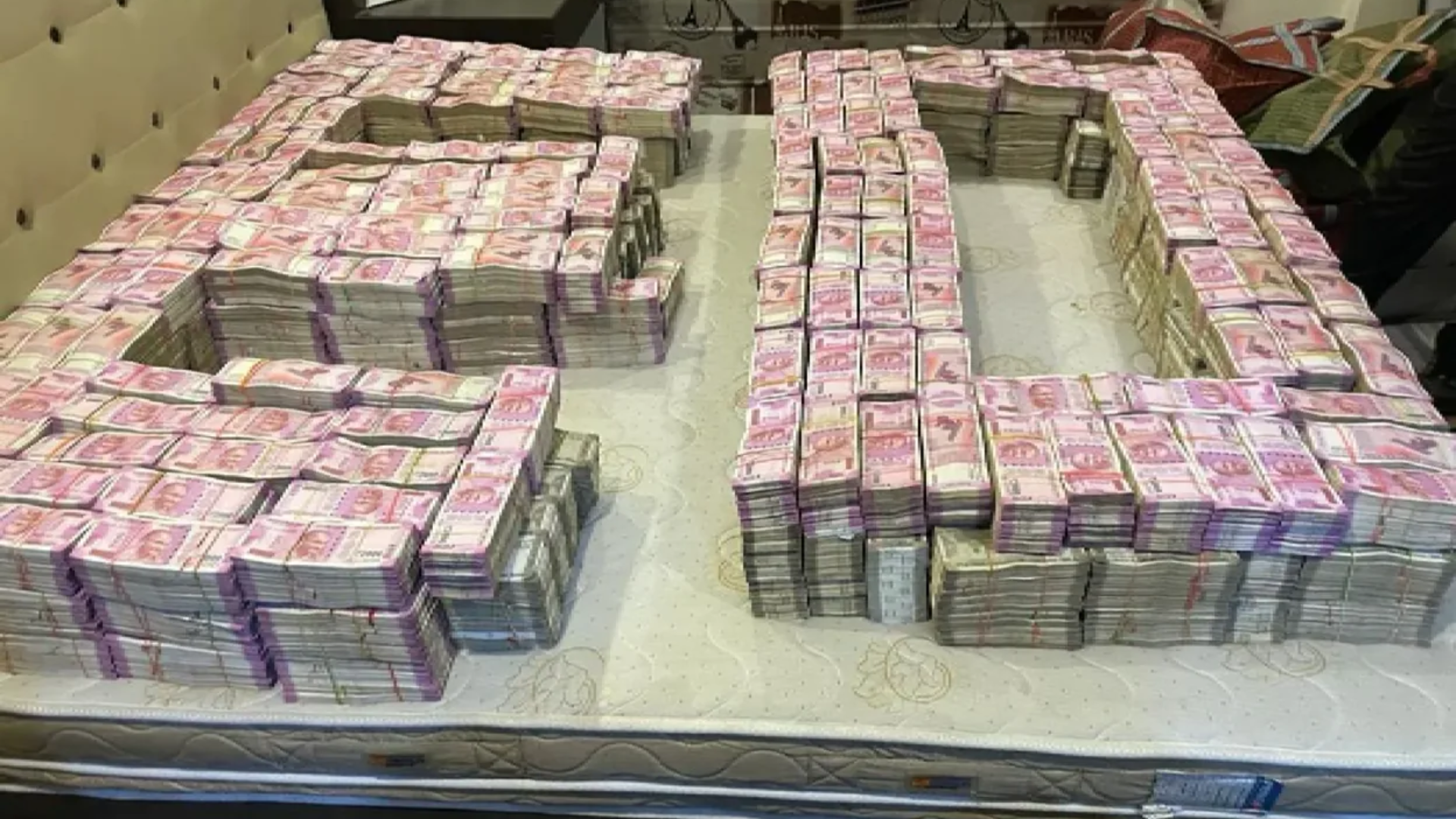


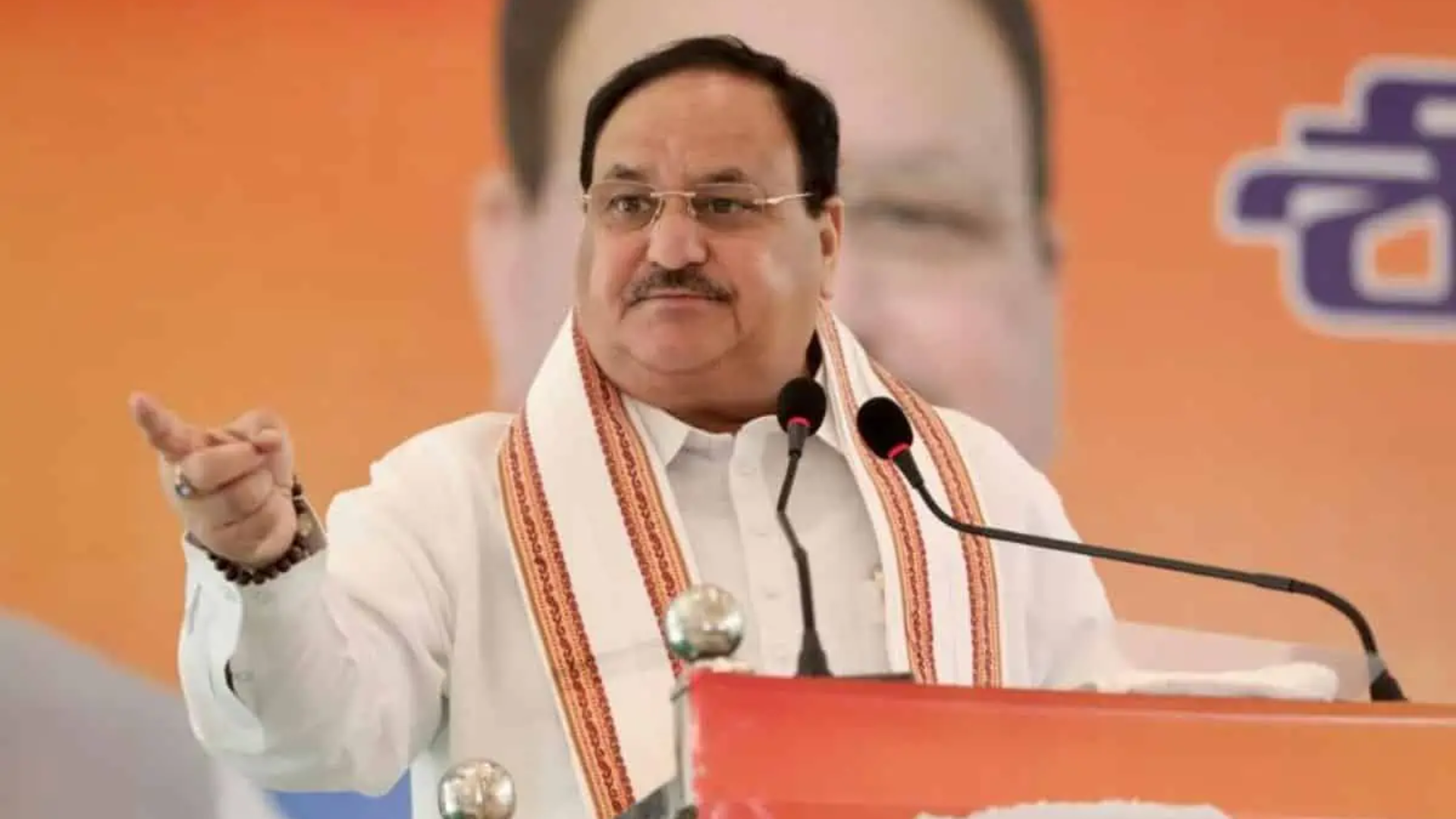
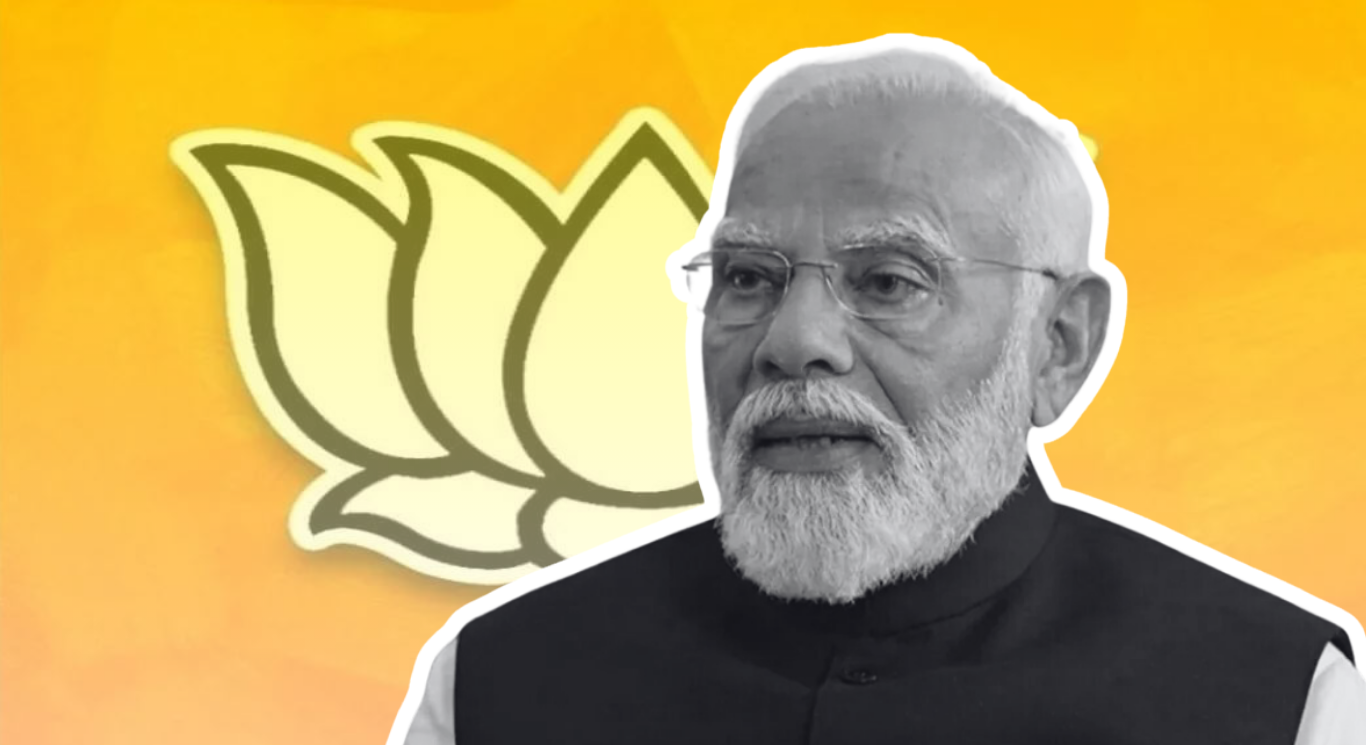
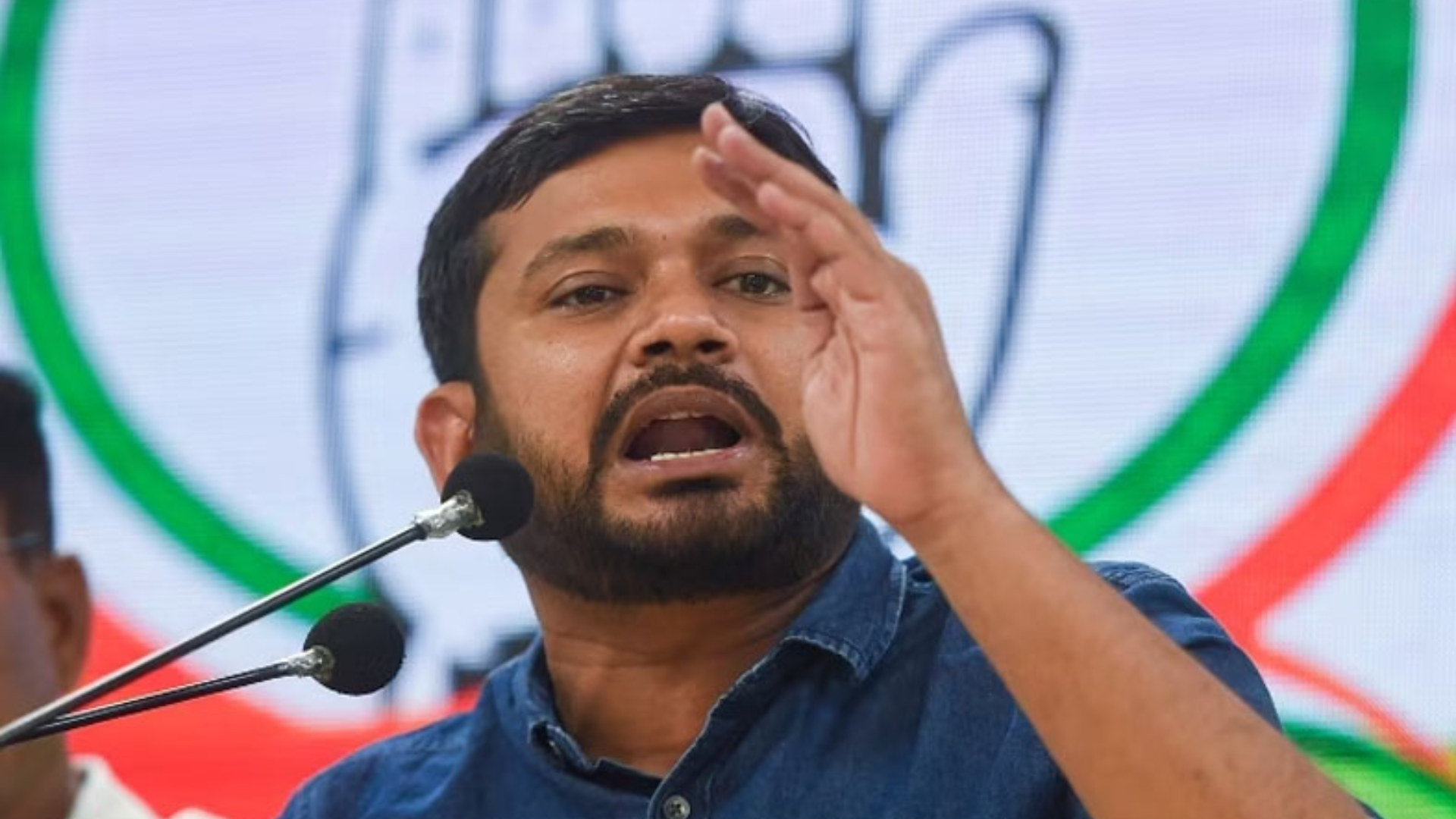
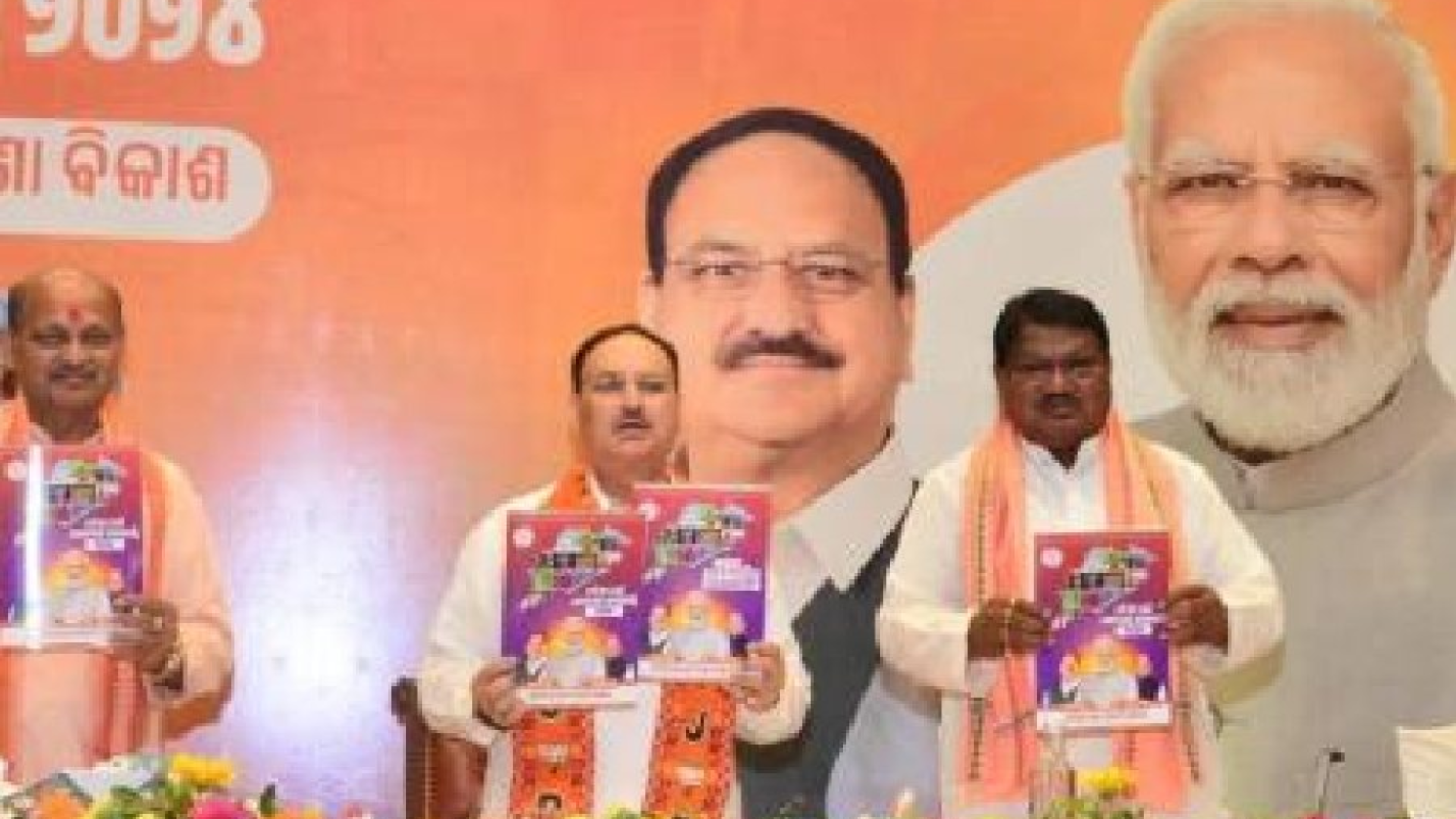
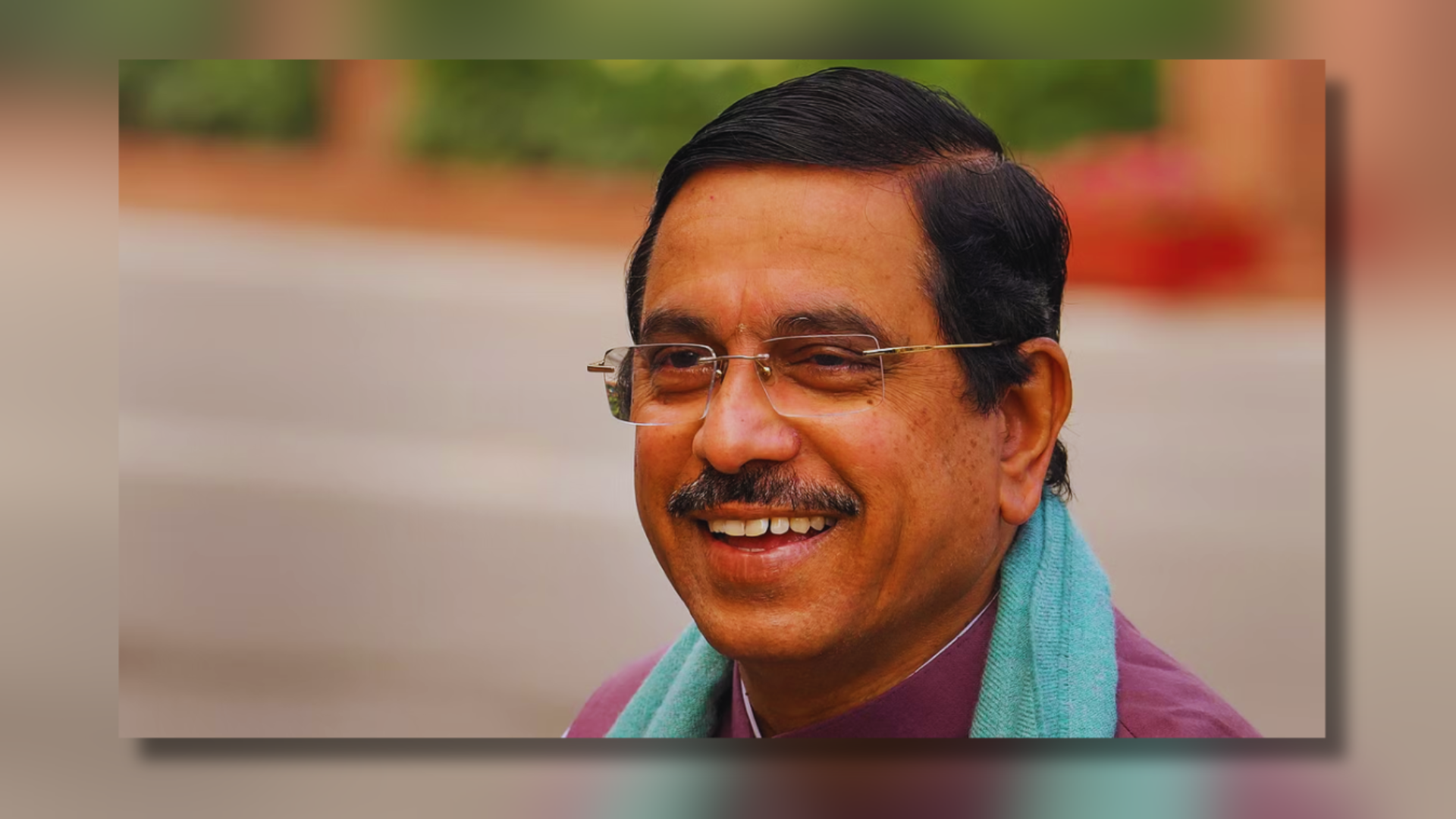
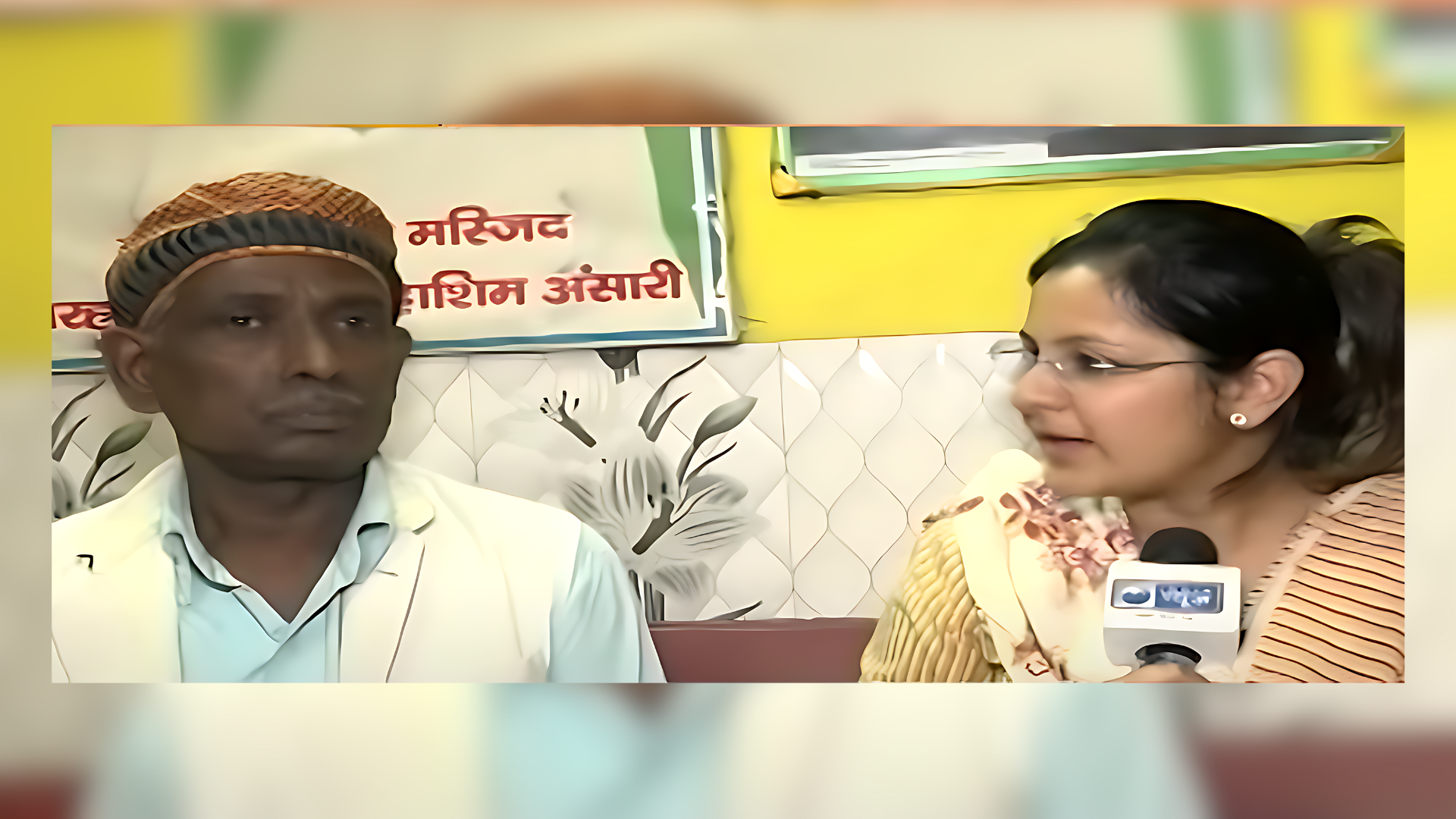

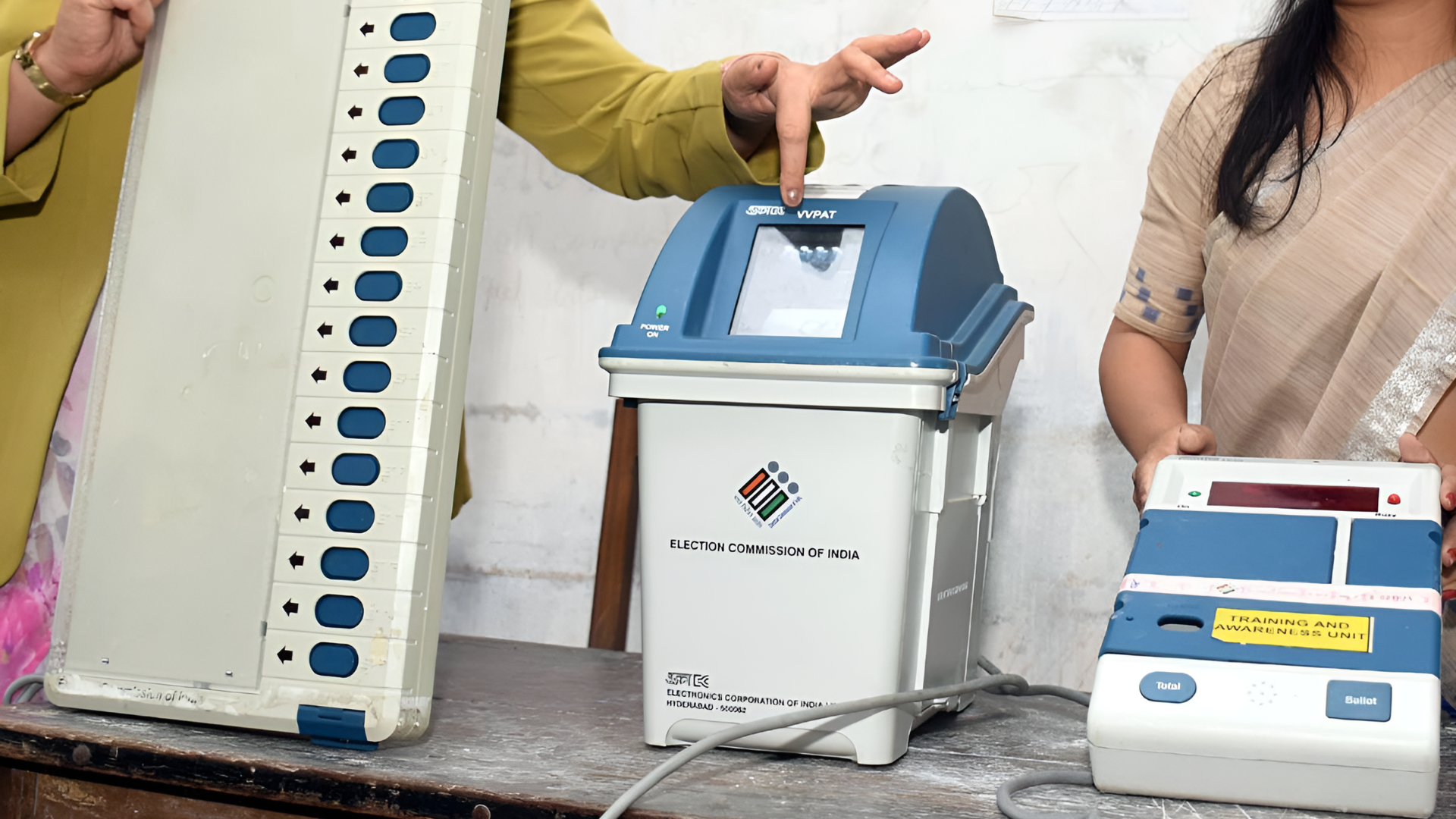
As the nation witnesses the second phase of the Lok Sabha Elections 2024, the Supreme Court of India has extended a significant vote of confidence to the Electronic Voting Machine (EVM) system.
A two-judge panel dismissed petitions advocating for a 100 percent verification of votes cast on EVMs through the Voter Verifiable Paper Audit Trail (VVPAT). Justices Dipankar Datta and Sanjiv Khanna emphasized the importance of trust in the system, stating that blindly distrusting it could lead to baseless suspicions. Additionally, the court rejected a plea to revert to paper ballots.
The Supreme Court issued two key directives in this regard.
1. Firstly, it mandated that after loading symbols into the machine, the Symbol Loading Unit (SLU) should be sealed and stored securely for at least 45 days. These storage containers must be sealed and signed by the candidates themselves.
2. Secondly, it ruled that the burnt memory in the EVM microcontroller must be checked by a team of engineers upon request by candidates who placed second and third in the election, within seven days of result declaration. The expenses for this verification would be borne by the candidate, with reimbursement if tampering is found.
Furthermore, the Supreme Court suggested that the Election Commission explore the possibility of using a machine to count VVPAT slips, as currently, VVPAT slips of only five randomly selected EVMs in every Assembly segment are verified.
The VVPAT system, an independent system attached to the EVM, allows voters to verify if their votes were cast as intended. The printed slip contains details of the candidate chosen and is displayed to the voter for verification before being stored in a sealed box.
During the proceedings, the Election Commission explained the technical aspects, including the presence of a 4MB flash memory in each VVPAT machine storing party symbols, which will be stored securely along with the EVMs in locked storerooms.
After a voter casts their vote, the Voter Verifiable Paper Audit Trail (VVPAT) machine prints a paper slip that shows the voter’s choice. This printed slip is displayed behind a glass panel for seven seconds, allowing the voter to verify that their vote was recorded accurately. After this brief period, the slip automatically falls into a secure box located underneath the machine.

